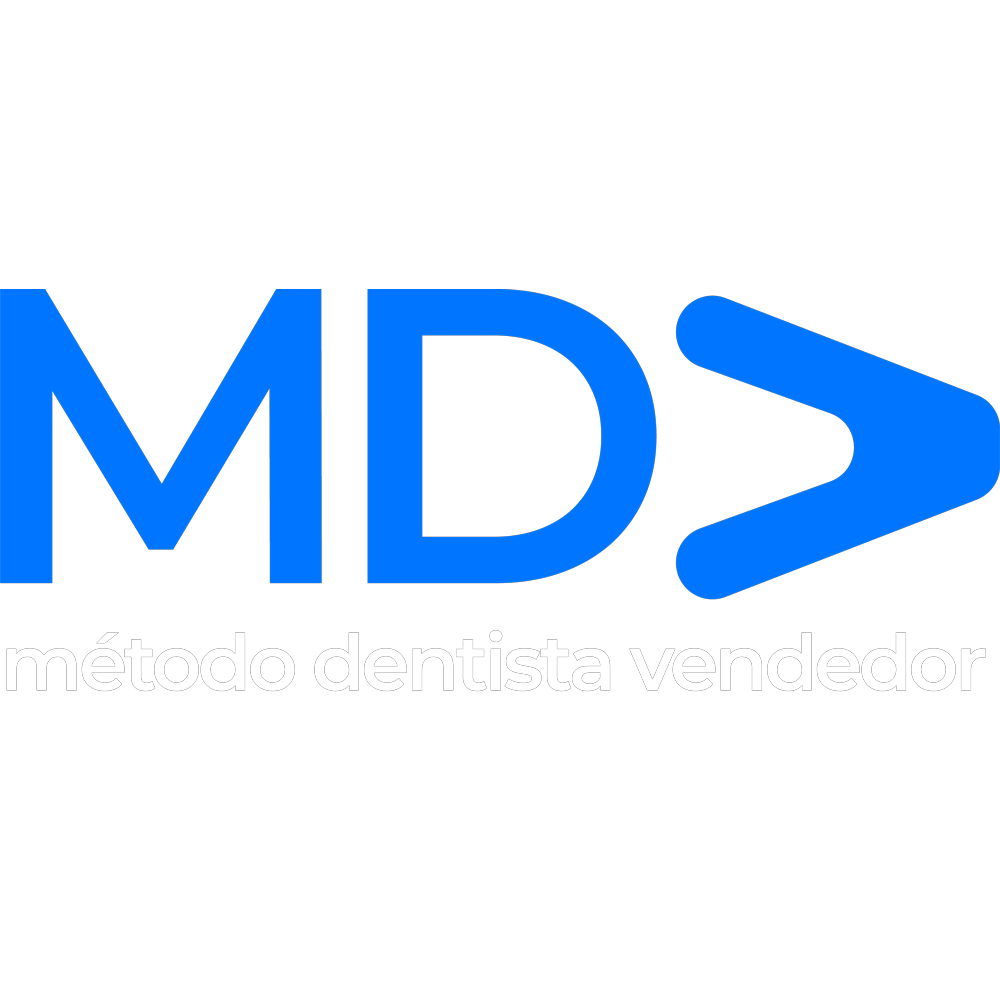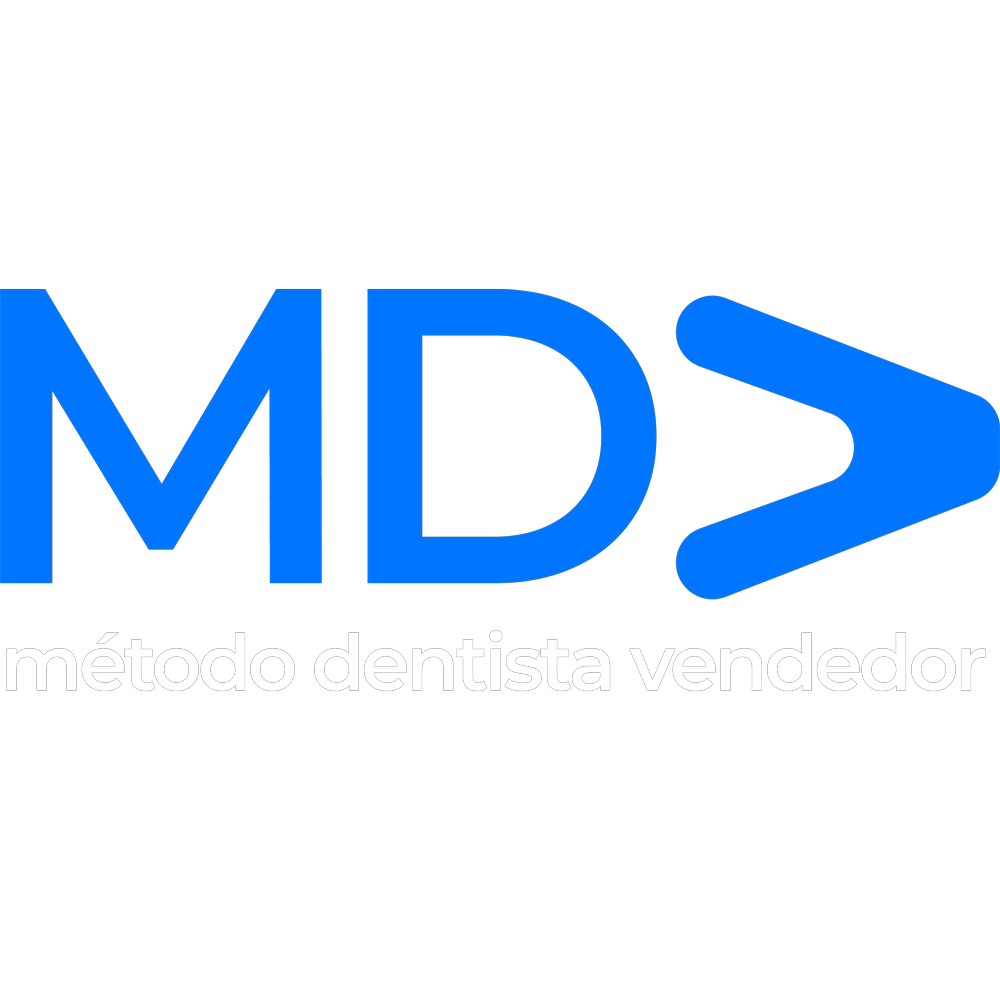
Payments are made through estimated quarterly tax filings rather than automatic paycheck deductions. Social Security provides monthly payments to retired workers, disabled individuals, and surviving family members of deceased workers. Workers earn “credits” based on their earnings, with a minimum number required to qualify. Self-employed individuals must actively report FICA taxes using Schedule SE.
Other Payroll Taxes to Keep in Mind
Funded in part by FICA tax, Medicare ensures access to necessary medical services, reducing the financial burden of healthcare costs in retirement. This unearned revenue accessibility is important for maintaining quality of life as individuals age. For many, these programs serve as a lifeline, providing essential support during retirement or periods of disability.
- The tax rate for the Additional Medicare Tax is 0.9% on wages and self-employment income above these thresholds.
- For Medicare, the tax rate is 1.45% of your employee’s wages, with a matching amount from the employer, for a total of 2.9%.
- The Social Security Administration (SSA) provides resources on how FICA contributions translate into future benefits.
- FICA generates money for Social Security and Medicare programs through taxes imposed on nearly every employee and employer in the United States.
- Unlike wage earners, self-employed individuals do not have an employer matching the FICA taxes they pay.
Employee Login
- FICA tax directly reduces employees’ take-home pay because the tax is withheld from their wages.
- You withhold the 0.9 percent Medicare surtax only to the extent you pay an employee wages in excess of $200,000 in a calendar year.
- Also, FICA tax rates are fixed percentages, while federal income tax rates are progressive and vary based on income levels.
- The self-employed, too, are obligated to pay both the employee’s and employer’s portions under the Self-Employment Contributions Act (SECA).
- According to the Congressional Budget Office, it’s estimated that the Social Security Trust Fund will run out of the money needed to make monthly Social Security payments in 2033.
Specifically, each party contributes 1.45% of the total wages, leading to a combined total Medicare tax rate of 2.9%. Employers are required to withhold their portion from an employee’s salary and pay it directly to the IRS. Since its inception, Social Security taxes have been a crucial component of the U.S. social safety net. The tax is mandatory for wage earners, with the rates and limits applying to their gross wages.
W-4 Withholding Calculator
Since self-employed taxpayers are defined as both the employee and employer, they are taxed at a rate of 12.4% (6.2% + 6.2%). Any gross wages above this amount are not subject to Social Security tax. Here’s a helpful visual to show how to calculate FICA taxes for an employee whose FICA taxable wages were $4,000 for How to Run Payroll for Restaurants the pay period. FICA taxes also go to Medicare programs that fund older and certain disabled Americans’ health care costs. When you’re old enough, FICA funds collected from those still in the workforce will pay your benefits.
- The total amount of FICA taxes a third-party sick pay company withheld and deposited from the sick pay employees received that quarter.
- Apply these percentages to your employee’s gross wages to find the amount you’re contributing.
- The Social Security tax rate is currently 6.2% of wages, up to a certain limit, while the Medicare tax rate is 1.45% of wages.
- Employers and employees must understand their tax responsibilities to ensure compliance and long-term financial security.
- An employee must provide their employer with a Form W-4 each year to claim that they are exempt from withholding.
How does FICA impact employee and employer tax returns?
Remember, whether you’re using TurboTax or another method to file your taxes, having a clear grasp of FICA tax will help you navigate the tax season with confidence. This landmark legislation was introduced during the Great Depression as a way to provide financial security for the elderly and unemployed. Essentially, FICA tax is your contribution to these essential social safety nets. FICA may exempt full-time students for the first five calendar years they live in the United States.
Employers are required to match the FICA contributions made by their employees. The self-employed, too, are obligated to pay both the employee’s and employer’s portions under the Self-Employment Contributions Act (SECA). The Federal Insurance Contributions Act, commonly known as FICA, is a United States law passed in 1935, which mandates payroll taxes on employees’ wages. The primary objective of this act was to fund the Social Security and Medicare programs. These contributions provide financial security for retirees, children, surviving spouses, and the disabled.

- Understanding the broader implications of income tax can enhance appreciation for its role in society, alongside the targeted support provided by FICA tax.
- For many, these programs serve as a lifeline, providing essential support during retirement or periods of disability.
- Just remember that complying with SECA is vital to avoid penalties and ensure you can receive Social Security and Medicare benefits in the future.
- Federal income tax scales with income, while FICA has a set contribution and benefit base, making it regressive in nature.
- Over the decades, rates have been adjusted to meet the funding needs of Social Security and Medicare.
At a subsequent date the district director will assign the employer a number which must appear in the appropriate space on each tax return, Form 941 or Form 943, filed thereafter. The self-employed pay both halves fica meaning of FICA taxes, which includes both the employee’s share (6.2% for Social Security) and the employer’s contribution (6.2%). For Medicare, they are also responsible for paying both halves – 1.45%, each. An essential point to remember is that self-employed individuals can claim half of their employer contributions as a business expense.
Who doesn’t have to pay into FICA taxes?

You can use the Social Security Administration’s calculator to estimate your benefits. Discover our unwavering dedication to revolutionizing businesses with bespoke financial solutions. Leslie Harding is a Freelance Content Specialist who focuses primarily on the behind-the-scenes aspects of start-up life. With experience in topics including healthcare, payroll, and HR, Leslie has brought her experience to many start-ups, including Brex, Brella, Gusto, Lively, and Wonolo. As your business grows, staying compliant with ever-changing tax regulations can be overwhelming.


This would occur because revenues received into the program will not be enough to cover payments from it. Although the rate is set annually, it has mostly stayed the same since 1990. The limit changes each year based on the National Average Wage Index.

Our team of experienced CPAs can provide expert guidance and support to ensure you meet your tax obligations and plan for a secure financial future. In conclusion, FICA and SECA penalties for noncompliance can be steep, so it is essential to understand the implications of not paying these taxes on time, accurately reporting, or underpaying them. Maintaining proper recordkeeping, seeking advice from professionals, and using electronic filing methods can help mitigate risks and ensure compliance with FICA and SECA requirements. However, it’s important to note that this relief only applies to the employer portion of Social Security taxes and not Medicare taxes or the self-employment tax. Furthermore, no such provision was included for employees to defer their FICA contributions (IRS, 2021). In contrast, SSI provides financial assistance to eligible recipients who have limited income and resources.

